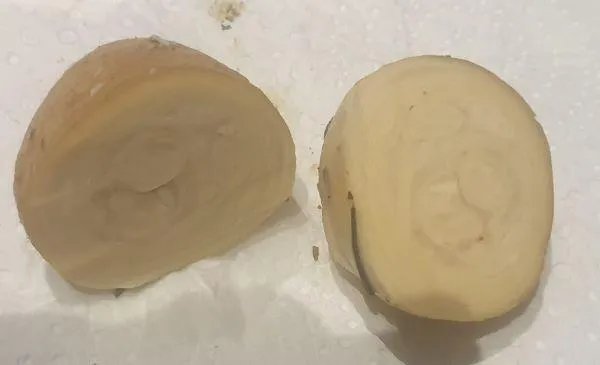
Lash Eggs - What Are They?
Keeping backyard hens is a growing trend as people want to know where their eggs are coming from and that they have been produced with a high standard of welfare. There is also the inherent joy of having chooks, from their varying breeds, sizes, shapes and colours to their individual personalities.
In a perfect world, we would expect that with good animal management practice, our chooks would live happy, long productive lives, but as with any farmed animal, hens can suffer from unexpected illnesses.
One such illness causes a phenomenon known as a Lash egg. If you have ever discovered a rubbery egg shaped mass without a shell, it could well be a Lash egg.
What is a lash egg?
Firstly, a Lash egg isn’t an egg at all but a symptom of a disease in hens. This abnormal mass, often found in a hen's nesting box, looks like a rubbery egg-shaped object without a shell. The outer may be egg-coloured but soft and it will be very heavy compared to an egg. Composed of a waxy, cheese-like pus, a lash egg is the hen's immune response to an infection in its reproductive system. Lash eggs can be alarming to discover but understanding their cause and how to address them is vital.

So what causes Lash eggs?
The most likely culprits are salmonella or E.coli infections that the hen has picked up.
Inflammation of the oviduct is also known as Salpingitis, and can be caused by a bacterial infection or a virus. The hen’s immune response is to try and wall off the infection with a waxy, cheese-like pus.
When the hen sheds part of the lining of its oviduct, the mass then travels through the reproductive system which gives it its egg-like shape.
Treatment and Prevention
Hens, like most prey animals, are very good at hiding any illness or weakness as to appear vulnerable can be a death sentence in the wild. Although our domestic hens aren’t living in the wild, the instinct to appear strong remains.
This means that by the time you find your chook looking ill, it is often too late to save it.
The incidence of hens producing Lash eggs can be random, some may only produce one, recover and go on to live healthy lives, while sometimes it can be an underlying cause of a wider spread illness in the flock.
Research shows it is most common in layers that are two-to-three years old and not so common in pullets or young hens. It has been described as the number one killer in layer hens.
Salpingitis needs to be treated by a vet who can dispense medication to eradicate the bacteria. Remember, the Lash egg is a symptom of an infection of some kind. Your vet may want to treat the whole flock as the infection can spread from one hen to another.
If your vet prescribes antibiotics these will usually have a withholding period meaning that you must wait a minimum amount of time before the hen or its eggs are used for food. This is to make sure the medicine won't pose a health risk to whoever eats the meat or egg.
Like most diseases, prevention is better than cure, so good animal husbandry practices go a long way to preventing lash eggs.
A good source of nutrition, clean water, a clean coop and nesting area and plenty of exercise can all help reduce the incidence of disease and the unpleasant discovery of a multi-layered pus filled mass in your hen house!
For more great information on looking after livestock check out our courses.
© 2024 LSB Ltd. All Rights Reserved.


